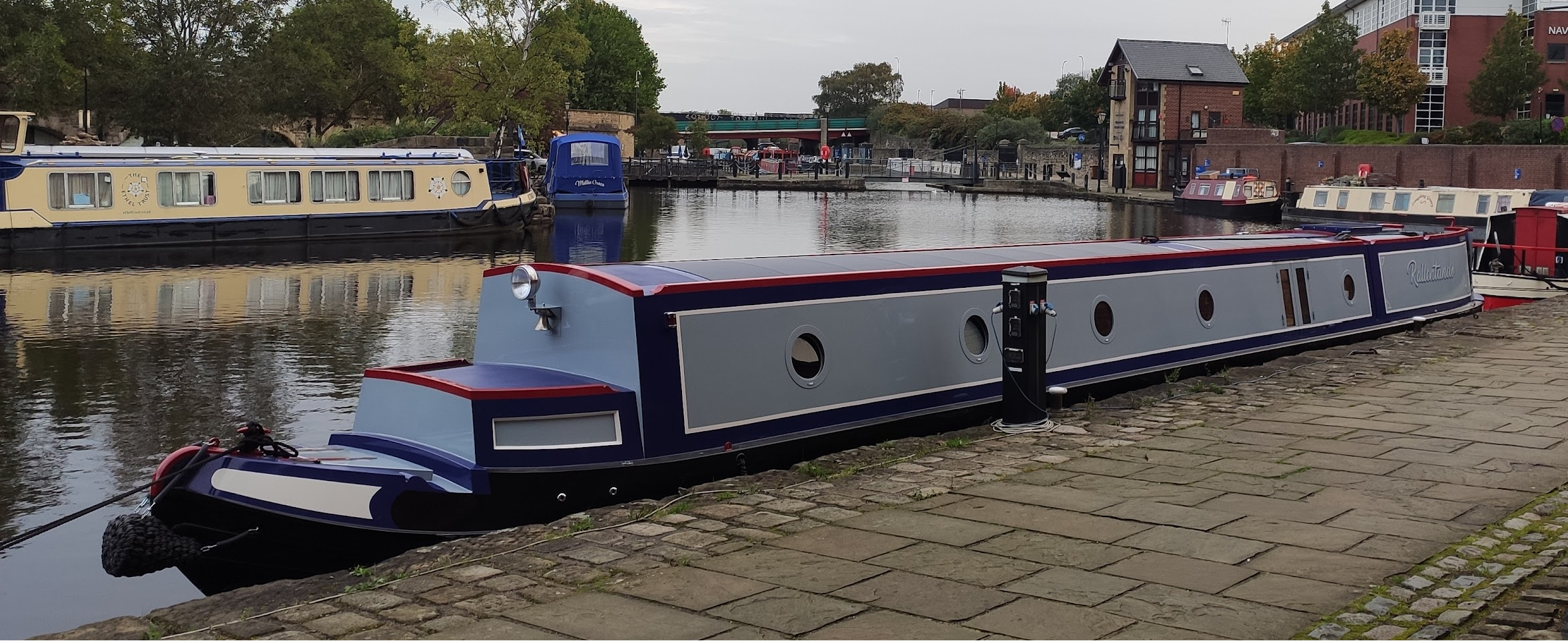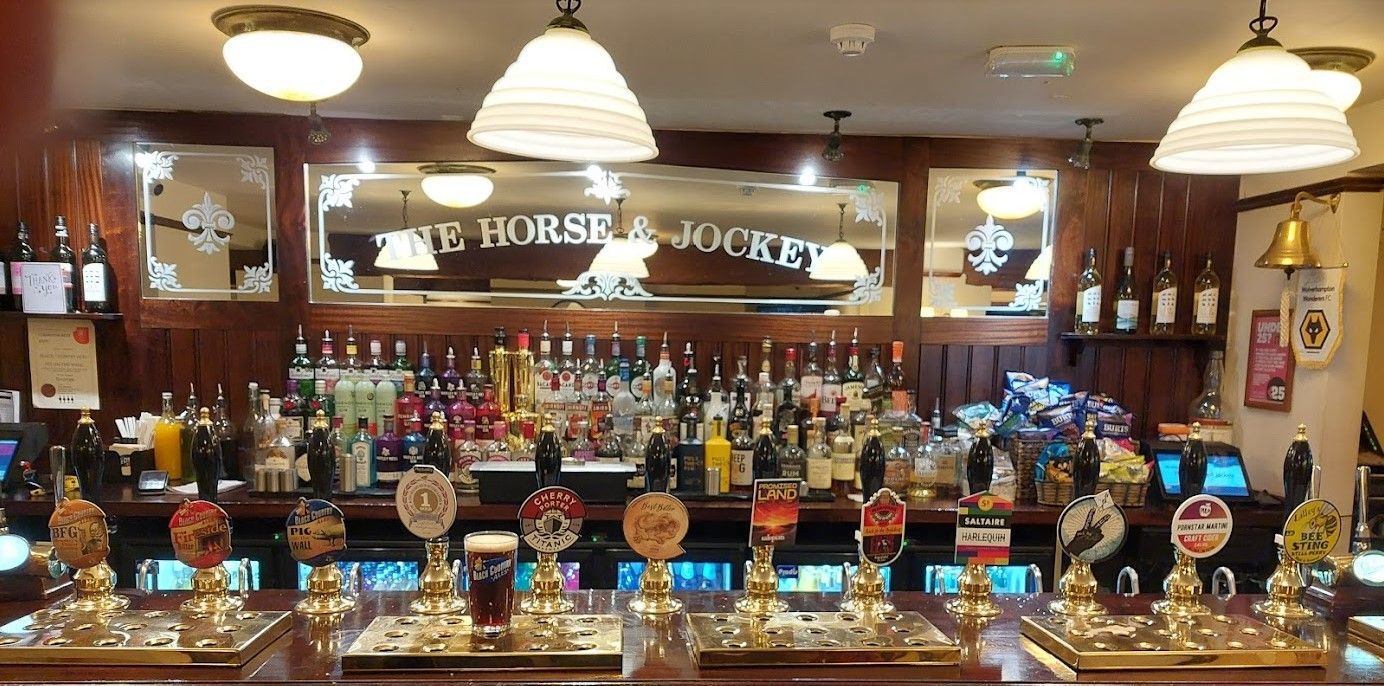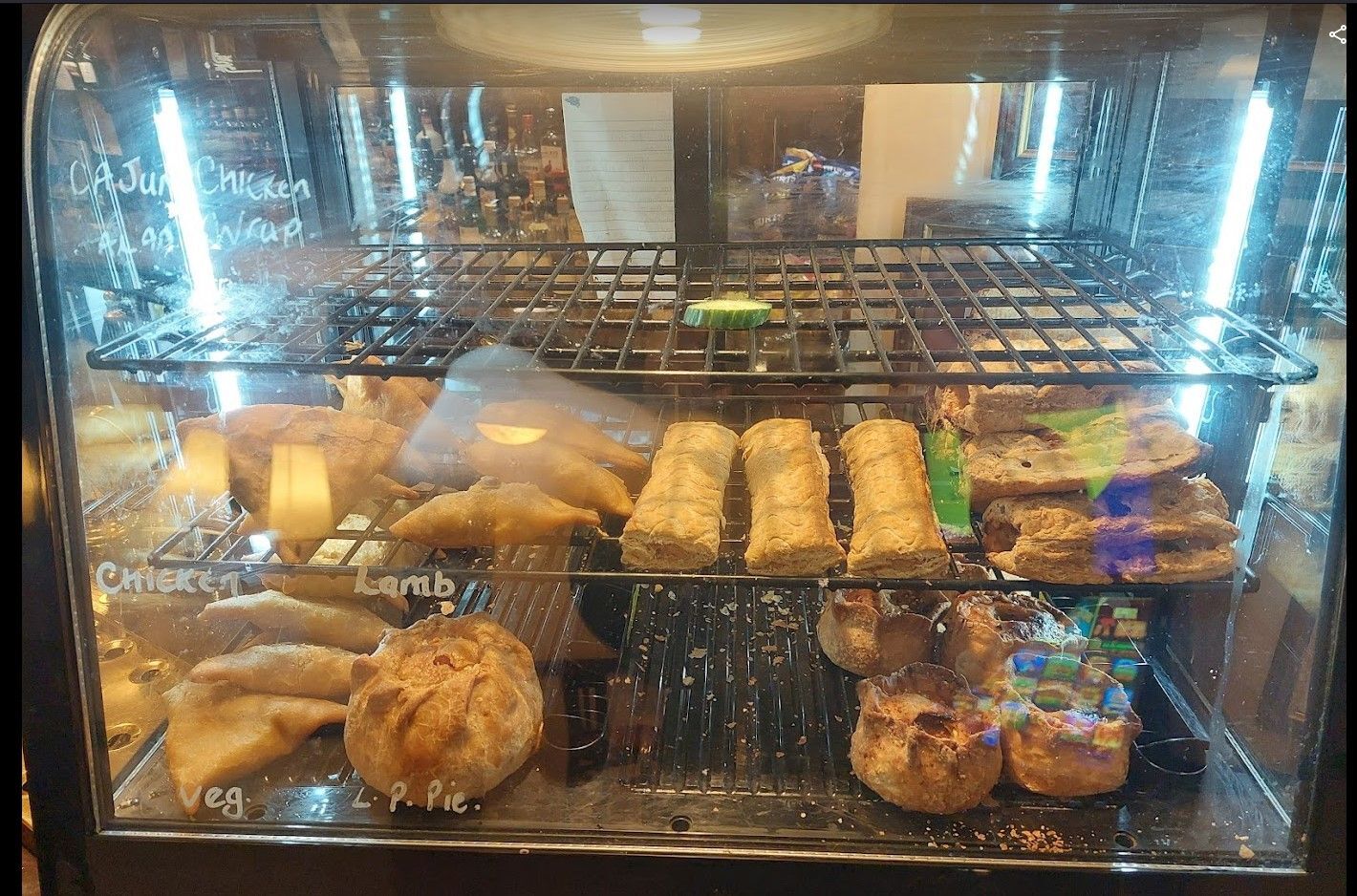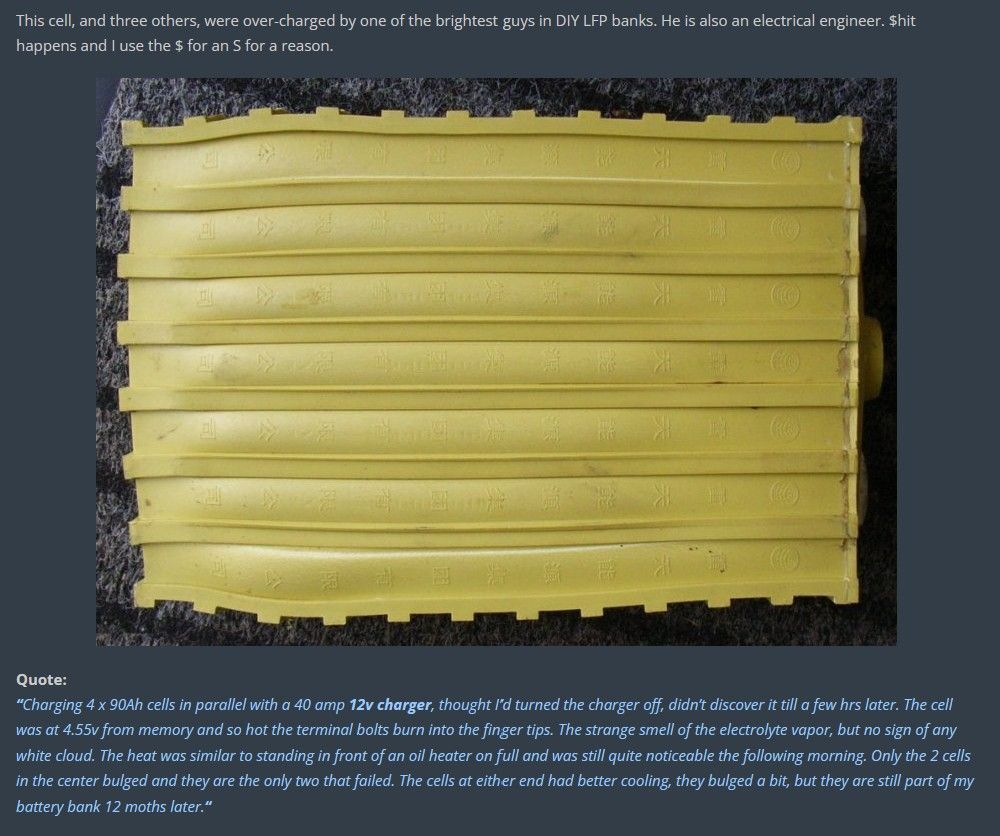-
Posts
15,900 -
Joined
-
Last visited
-
Days Won
117
IanD last won the day on June 25
IanD had the most liked content!
About IanD

Profile Information
-
Gender
Male
-
Location
London
-
Occupation
Engineer
-
Boat Name
Rallentando
-
Boat Location
Great Haywood
Recent Profile Visitors
The recent visitors block is disabled and is not being shown to other users.
IanD's Achievements
-
Or you're dealing with a dyslexic one... 😉
-
The percentage of responders who were CCers (27%) isn't massively different to the percentage of license-holders who are CCers (about 20%?), but it's certainly possible there was some NBTA "vote-stacking" going on to push their views forwards. But that's no different to what they do to get press attention out of all proportion with their numbers and support, is it? It's why poll response weighting is actually a good idea... 😉 “An empty vessel makes the loudest sound, so they that have the least wit are the greatest babblers.” ― Plato
-
Ah, I see the problem. However there would presumably be nothing stopping CART making the extension region-specific i.e. only in areas/canals with water shortages... 😉 (the NBTA would have difficulty claiming "discrimination" since "the circumstances" wouldn't apply to London -- though I expect that wouldn't stop them trying...)
-
This argument is all getting a bit cilly... 😉
-
Seems like a good idea, in this specific situation, for the reasons you say. Though whether this ends up happening more regularly in future due to water shortages due to climate change is something to think about, because it could then end up changing the law de facto without legally changing the law, which is bound to cause legal problems... 😉
-
Or you could always take your tinfoil hat off... 😉 They said how many responses were received and then showed how these broke down; unless this is an out-and-out lie I assume they wouldn't have fiddled the results. And why should they, they've got nothing to gain by it? If they wanted to fiddle the results to get the answers "they" wanted, there are far better ways to do that -- such as using weighting and then bending the results, which they didn't do... More to the point, this isn't CART -- what answers do you think "they" would want? "They" don't have any axe to grind -- unlike, it seems, like some posters on CWDF... 😉
-
Agreed -- but the fact that it only allows full-speed BT screaming would put me off too... I might think differently if I was a solo boater (and also had a remote control throttle) but there have always been at least two of us on board, so a remote is much less useful.
-
Sorry but the numbers simply don't say that -- for example: Issues facing continuous cruisers 3.19 Of the respondents who identified the licence model as an issue, 494 (24%) identified specific issues facing continuous cruisers as a result of the current licensing framework. Specific concerns for continuous cruisers related to affordability resulting from increases in costs for this type of licence. Additional charges for those without a home mooring has led to a perception of discrimination against continuous cruisers. Licence status 2,957 (63%) of respondents are leisure licence holders with a home mooring, and a further 1,245 (27%) are leisure licence holders without a home mooring. So 27% of respondents are CCers, and 24% of respondents identified specific licensing issues for CCers. Now without any direct data about correlation between the two categories it's impossible to be certain, but most people would draw the obvious conclusion that those 24% concerned about CCer licensing issues came almost entirely from the 27% of CCers who responded and not the 63% of HMers. Which directly contradicts your statement, doesn't it? This shouldn't come as any surprise because it confirms what the CART boater survey showed -- most boaters are narrowboat HMers, and agree with widebeam owners and CCers (both in the minority, even more so in reality then the commission survey) being charged more for licenses, and think that many CCers abuse their license terms -- in other words, CMers. Again not surprising, everyone wants to look over their own interests -- but this is exactly opposite to saying that most boaters support CCers in general and CMers in particular, which is the group who many of the complaints are about in both surveys... 😉
-
You mean this one? https://www.vetus-shop.com/vetus-canvwrc-wireless-control-package-p-3759.html I know Vetus kit is expensive, but £400 for a remote control that doesn't even allow proportional control of the Bow Pro (full L/R only) seems extortionate... 😞 (I very often use lower BT thrust for longer for the same reason as with the propeller -- quieter, less of the "mad screaming BT" syndrome...)
-
Indeed, and that's one of the negative points of the newer proportional BT like the Vetus Bow Pro. DAMHIK... 😞 That's apart from what seems to be unreliability of the joystick controller, I'm waiting for yet *another* replacement (under guarantee). Not a happy bunny... 😞
-
I would disagree with that. It looks like the responses from boaters without a home mooring are supportive of boats without a home mooring, which should come as no surprise to anyone, it's exactly what the last CART "Boater's survey" showed...
-
One little proviso from the beginning, before people start saying "This shows what boaters think!!!".... "In total, 4,678 responses were received from a cross-section of stakeholder groups. There are discernible prevailing trends in opinion from this set of responses. It is important to note, however, that the survey was not weighted, and therefore the results may not be representative of the broader population of waterway users." Any reputable poll/survey trying to find out "what people think" uses such weighting to get a representative sample -- for example, here that might include weighting the results to match the real number of liveaboards vs. "holiday boaters", or HMers vs. CCers, or newcomers vs. long-term boaters. Apart from anything else, a self-selecting/self-engaging survey is likely to give too much weight to the views of a vocal minority (e.g. NBTA members/supporters, CCers) and too little to the views of the "silent majority" (e.g. HMers and marina dwellers). For example: "The drivers for this sense of unfairness appear to focus on affordability and value for money of licences, and the arrangements for different users of the waterways. There was an overall sense that the licensing model lacks the nuance necessary to accommodate all user types. Continuous cruisers and users of wide beam boats aired particular frustrations." Could that be the frustration of being asked to pay more, and possibly even more in future? "Other ideas included reducing licence fees by half or returning to a flat rate for the licence fee, with some suggesting that all boaters should pay the same licence fee regardless of their mooring status." Anyone thinking halving license fees by half is sensible given CARTs financial position needs their head examined. I think we can all guess where the other ideas come from... 😉 However the report does show how many boaters are frustrated by the lack of enforcement of possibly unclear rules -- which again should come as no surprise... 😞 "4.6 There is considerable frustration for those boaters who see themselves as adhering to the rules and paying their fees, and yet struggling to find mooring spaces because (in their view) the system is being abused by those who do not comply." "4.11 The feelings elicited by this issue bear similarities with those prompted by overstayers – frustrations with the lack of enforcement and penalties, and a sense of unfairness and frustration among those who adhere to the regulations, as they see others benefiting from the waterways without contributing to their upkeep. Boaters who pay their licence fees feel they are bearing the financial burden of other non-compliant boaters. The perceived proliferation of unlicensed boats undermines the integrity of the licensing system in their eyes, and the sustainability of the waterways." "4.16 Overall there was a sense among respondents that the Trust fails to enforce its own rules consistently, leading to a disparity between those who follow regulations and those who do not, and a sense of ‘chaos’ on the waterways" And then the points that I'm sure everyone is aware of... 😞 Maintenance and facilities 5.6 Of the respondents who raised the subject of operational management of the waterways by the Trust, 2,860 (69%) felt that maintenance of the network and boater facilities was a key issue. Maintenance was the most frequently mentioned issue across all survey responses, with 61% of all respondents sharing frustrations in this area. 5.13 There is a strong sense among respondents that maintenance of the canals and Trust- owned moorings is a core responsibility for the Trust, should always be the organisation’s top priority, and that income generated from licences should be used primarily for that purpose. Senior staff salaries and signage were cited by some respondents as examples of expenditure which should be of a lower priority. Perceptions of the Trust 6.2 Respondents expressed concerns about the Trust’s governance, culture, accountability and transparency, and its understanding of the core stakeholder community. Comments suggest a strained relationship between the Trust and boaters, particularly continuous cruisers, as a result of the Trust’s communication style, which is perceived as heavy handed and accusatory. There is also a feeling that the organisation does not advocate sufficiently for boaters’ needs. The portrait that these comments conjure is of an organisation that may lack understanding of the boating community’s needs and priorities. Some respondents suggested that this was a result of the removal of specific boating officers allocated to nominated canals or regions and their replacement with a centralised bureaucracy that makes it difficult for boaters to raise issues directly. Management of funding and investment 6.8 Many respondents believe that the Trust’s funding environment is challenging because of long-term underinvestment in the waterways and insufficient government funding. They acknowledge that these issues are a root cause of many of the concerns across the network highlighted elsewhere in the report. The housing crisis 6.11 Many respondents have raised questions and concerns relating to the housing crisis. These issues are relatively polarised between: • people who believe it is not appropriate for the waterways to be used as a cheaper alternative to traditional housing; and • those who believe the Trust should be doing more to support the increasing number of people living on the waterways. 6.12 The increase in residential use of the waterways appears to have contributed to many of the issues around overstaying, congestion and general boater etiquette highlighted through this report. It also gives rise to a number of strategic questions including: • how the Trust balances the interests of residential and leisure boaters • what the Trust’s additional responsibilities to residential boaters are or should be • how the Trust works in partnership with local authorities and other agencies on the specific issues facing residential boaters. 6.13 It is clear that the Trust’s charitable objects are in no way related to providing housing to people in need and yet the consequences of the housing crisis pull the Trust into a difficult and thorny space more akin to a social housing landlord than an organisation looking to manage inland waterways for public benefit
-










